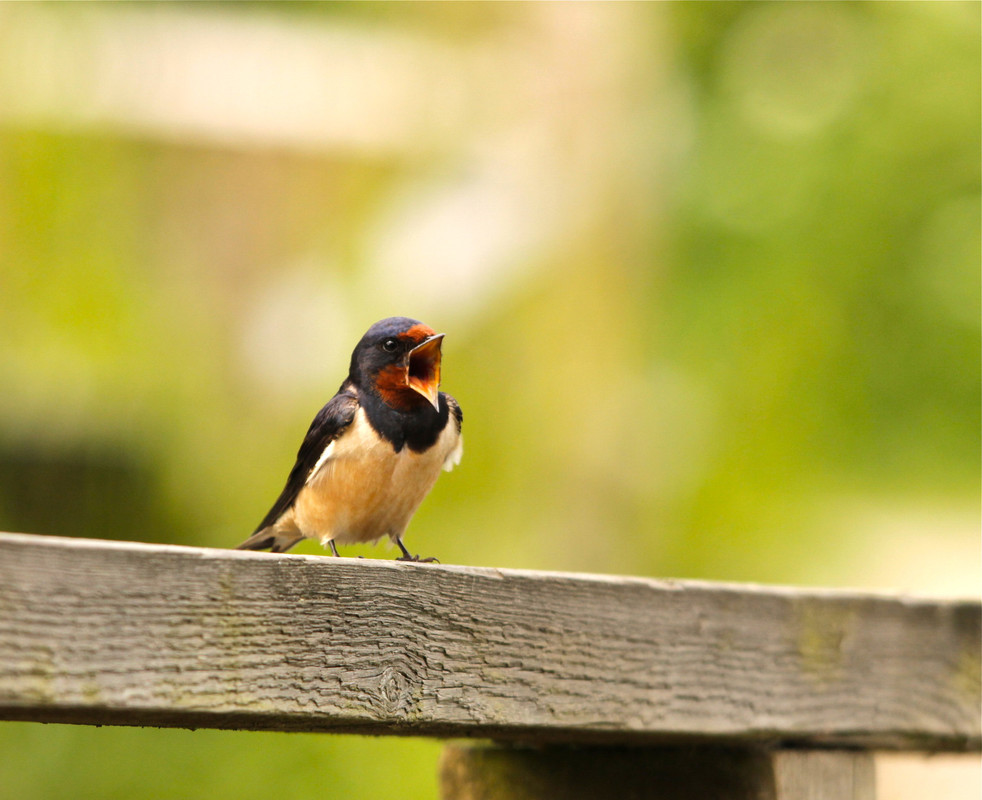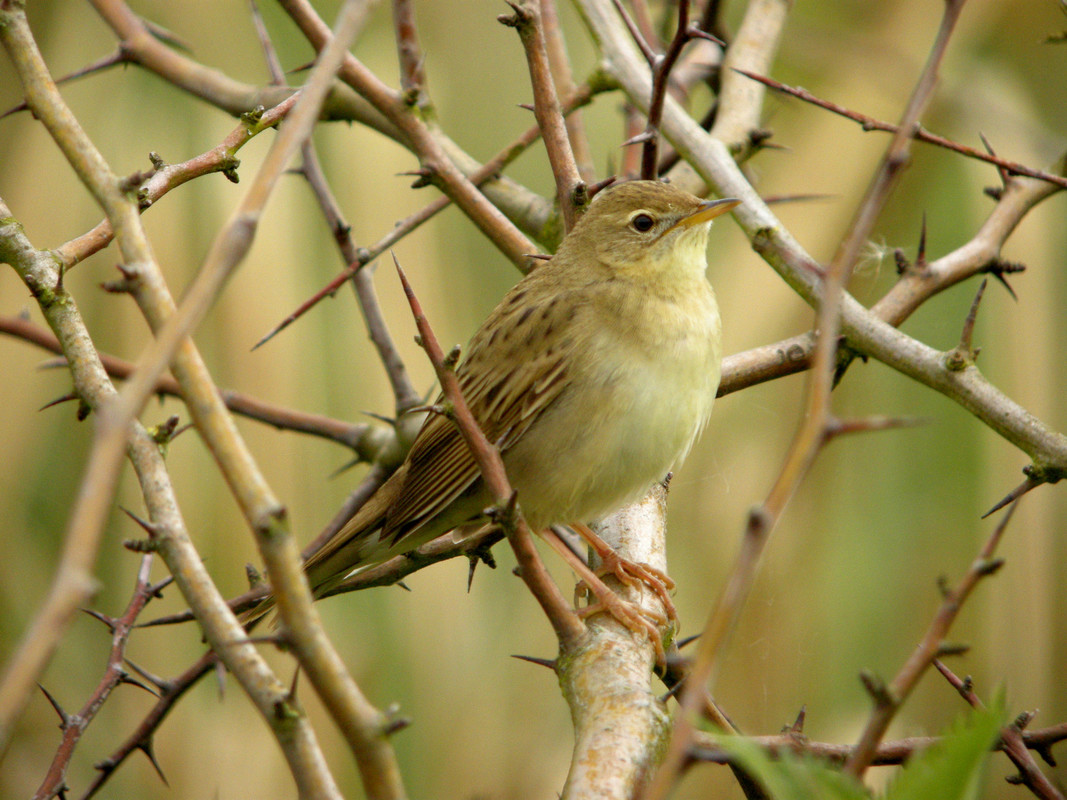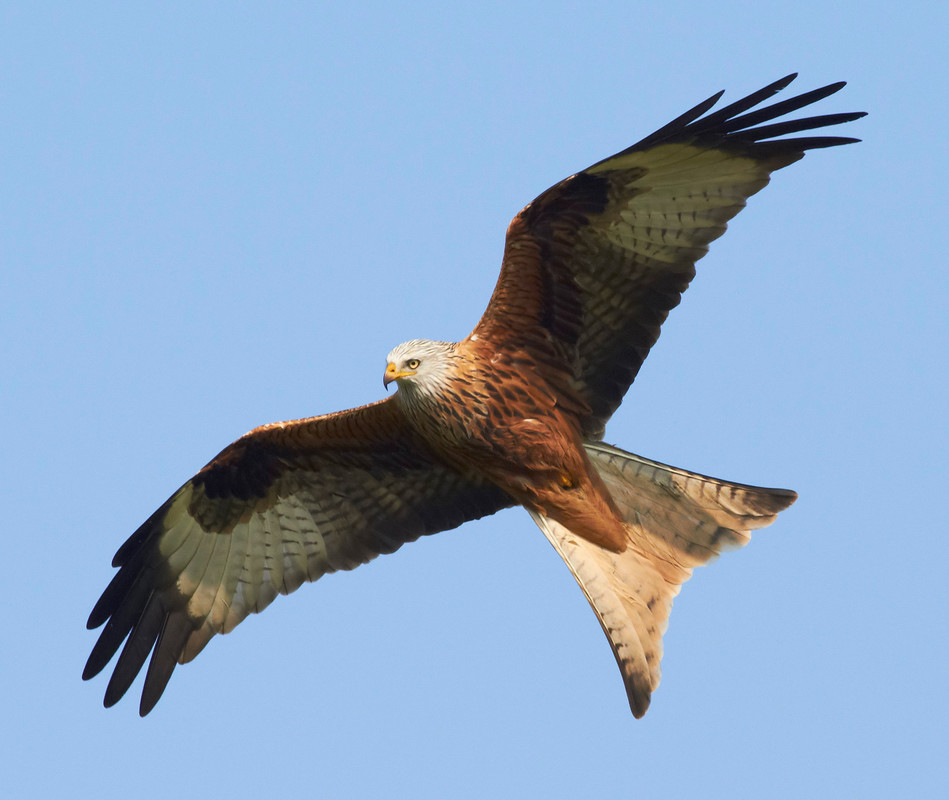Wildlife sightings for 8th February 2016
115 Shoveler - marsh and main lake
3 Pintail - main lake
2 Peregrine - male landed on the main lake long shingle island, then went up and followed the female as she flew over
Additional sightings from yesterday:
1 Redshank
1 Raven - flew over sheltered lagoon, being mobbed by a Carrion Crow.
January/February bird highlights: Bittern, Brent Goose, Goldeneye, Jack Snipe, Redshank, Iceland Gull, Caspian Gull, Yellow-legged Gull, Raven, Stonechat, Chiffchaff, Blackcap, Marsh Tit, Brambling, Siskin, Redpoll, Linnet.
Up to 4 Bittern can be found on the main lake reed fringes or the reservoir lagoon. Jack Snipe have been found on the marsh or scrape along with up to a dozen Common Snipe. Redpolls and Siskins can be searched for in any of the Alder trees along the south route or wildside. Small flocks of Redwing and Fieldfare are roosting on the reserve, as well as feeding in the Holly and Hawthorn trees. Occasional Skylark, Meadow Pipit, Brambling and other Finch species may be observed passing through or stopping to feed. Teal, Shoveler, Pintail and Wigeon are all over the wet grazing marsh fields and the wader scrape. Listen out for possible Bearded Tits in the reedbeds this winter. Wintering Stonechat are on the edges of the scrape or the marsh, often hopping up and down from the electric fences.
Common Lizards: 1 adult and 3 juveniles found basking in sun on a tree stump in wildside, near to the reedbed.
Unseasonal flowering: Hazel catkins, Forget-me-Knot, Primrose, Common Field Speedwell, White and Red Dead-nettle, Buttercup, Common Knapweed!
Bats: These are the last/first records of species recorded around the Peacock Tower in 2015 and 2016.
Last records for 2015: Nyctalus sp – 27th Dec, Common pipistrelle – 27th Dec, Soprano pipistrelle – 28th Dec, Nathusius’ pipistrelle – 27th Dec(a lot of activity in late Dec), Daubenton’s bat – 15th Dec.
First records for 2016: Soprano pipistrelle – 5th Jan, Daubenton’s bat – 6th Jan.
Fungi: Two quite uncommon species, Girdled Webcap and Russula atrorubens, were both still flourishing mid-December.


